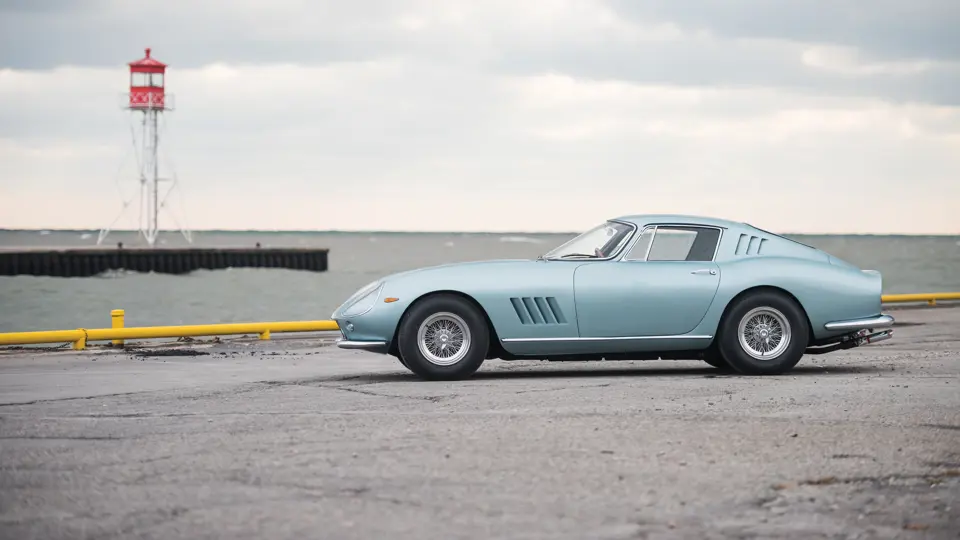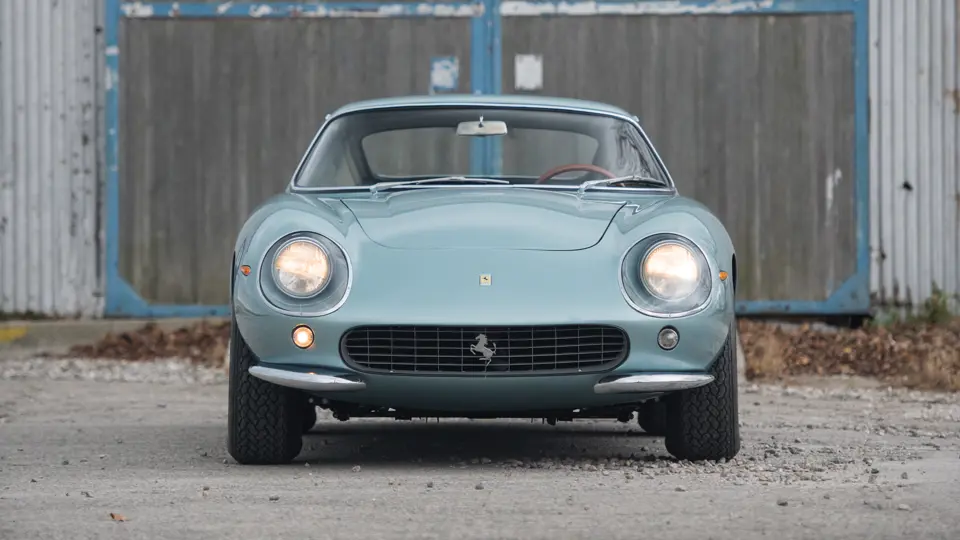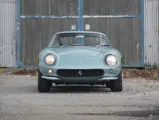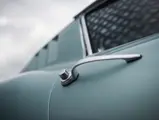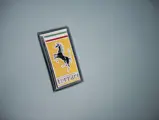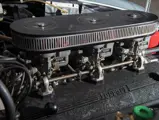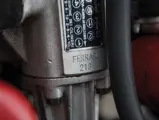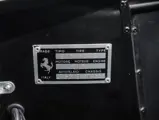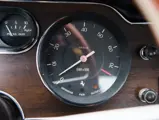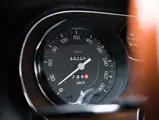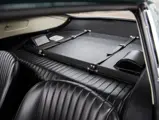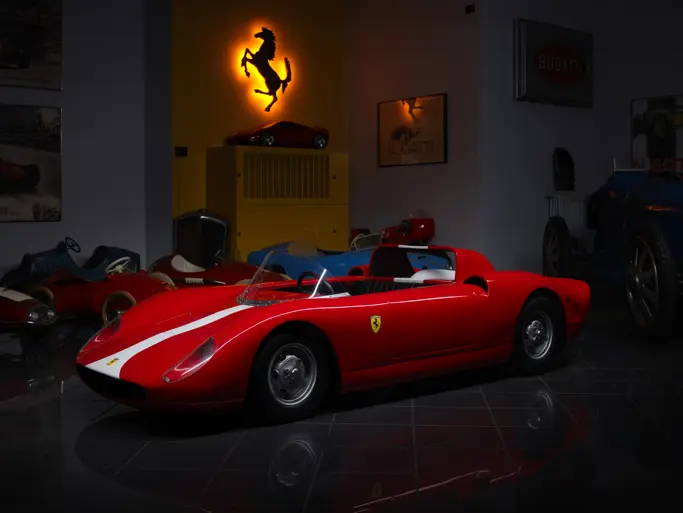280 bhp, 3,286 cc SOHC V-12 engine with triple Weber 40DCZ6 carburetors, five-speed manual transaxle, fully independent coil-spring suspension with upper and lower wishbones, and four-wheel disc brakes. Wheelbase: 94.5 in.
THE 275 GTB
By 1963, it had become increasingly apparent to Ferrari’s engineering team that the long-running and highly successful 250 GT series of road cars had reached the end of its development potential. Despite the fact that Ferrari was slowly drifting toward a more luxurious base-V-12 car, the company still wanted to maintain its fine tradition of dual-purpose sports/racing cars, which had cemented its considerable sporting reputation. Renowned British racer Michael Parkes, at the time a Maranello Works driver, participated in considerable testing and proved to develop a replacement model for the 250 GT platform, one that ultimately drew considerably upon the 250 GTO, with its long front hood and short rear deck. The resulting 275 GTB, or Gran Turismo Berlinetta, debuted to great acclaim at the 1964 Paris Motor Show, appearing in tandem with a companion open-top spider version.
While the elegant 275 GTS spider was constructed by Pininfarina with a design brief stressing comfort and luxury, the berlinetta retained the more sporting characteristics of prior Ferrari sports/racers, and it was built by Scaglietti. Technically, the 275 featured the final development of the classic single-overhead-camshaft Colombo short-block design, which was now enlarged to displace 3,286 cubic centimeters. Optimal weight balance was achieved by mounting the gearbox directly to the rear axle, a rear transaxle design that would become a standard practice in many ensuing Ferrari road cars. The 275 is also notable as the first Ferrari for the street to feature an independent suspension on all four wheels, an innovation that eventually took hold across automobile manufacturing.
A year after the 275 GTB’s debut, a second series was unveiled that featured a longer nose, a modification intended to aid aerodynamic downforce at high speeds. Despite the technical improvements, many enthusiasts prefer the first-series car’s proportions and purity of design, and early short-nose examples remain highly sought after by collectors, with only approximately 250 examples built.
CHASSIS NUMBER 07053
The car offered here, chassis number 07053, was completed by the factory in April of 1965, finished in Bleu Scuro (18942 M) over Nero (VM 8500). Later that month, it was sold to Luigi Chinetti Motors, the official East Coast U.S. importer, as part of a package of three cars. Shortly thereafter, Chinetti Motors had sold the 275 GTB to its first lucky owner, Peter Knoll of New York City, who kept it in Europe for over a year, driving it on New York plates PK 64. It was serviced and maintained at the factory Assistenza Clienti in Modena that May, having been driven 2,201 miles.
In early 1966, the car was re-registered on Florida plates 6D 13400, with service at the Assistenza Clienti continuing until later that spring, as the car eventually accumulated 15,438 miles in fast touring. It subsequently moved to the West Coast and was purchased by an individual residing in California. By 1970, the 275 GTB was owned by Bruce A. Jacobson, a Ferrari Club of America member who placed an ad in the June 1974 FCA Newsletter seeking information on his car’s history while beginning a restoration. Unfortunately, little work had been completed in that effort by the time of Jacobson’s untimely passing in 1976. The car passed to his widow, Sondra, who registered it on California plates as 66 GTB and sold it in January 1977 to retired U.S. pilot Jack Lierman. Mr. Lierman would retain the car until 2012.
The Ferrari was subsequently given the restoration that Mr. Jacobson had begun, and it was finished in Azzurro over Nero, a combination that remains very attractive today. It is also equipped with the ANSA exhaust system bought for the car in the 1970s, as well as correct Borrani wire wheels.
Under the hood remains clean, presentable, and well detailed, and the interior is in beautiful condition, with tight upholstery, clean gauge faces, a beautiful wood-rimmed steering wheel, and a general high level of fit, finish, and detail throughout. Underneath, the car shows some signs of driving enjoyment but little actual wear. The car was submitted for Ferrari Classiche certification, which has been awarded, with the “Red Book” expected to be received by the time of sale. It records 48,704 miles on the odometer at the time of cataloguing, a number which, given the relatively scant use of the car over the years, may well be original.
A highly attractive and interestingly optioned 275 GTB, this Classiche-certified example would be a beautiful addition to any collection of the finest modern sporting cars.
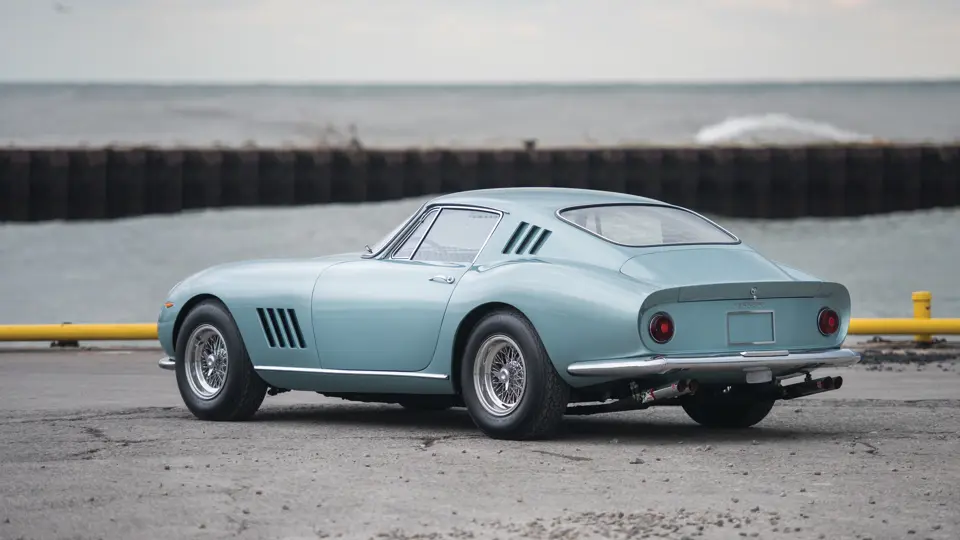
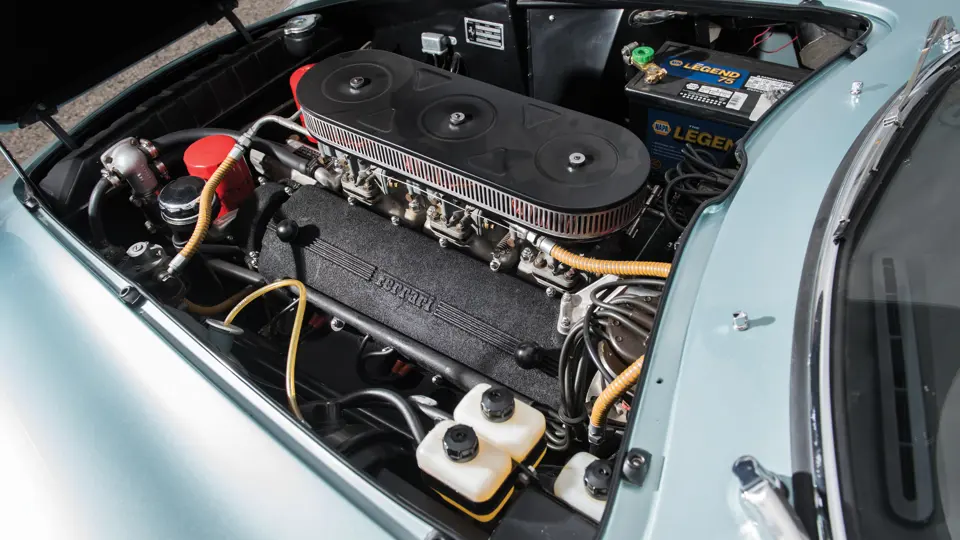




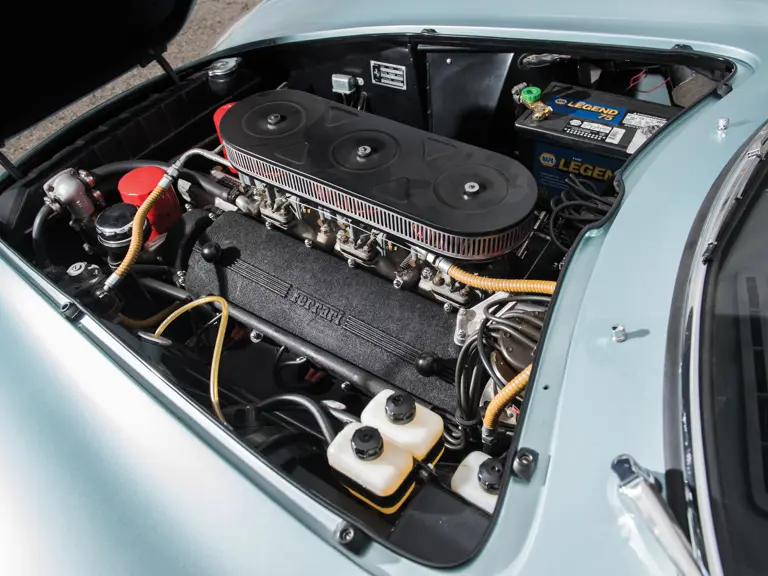
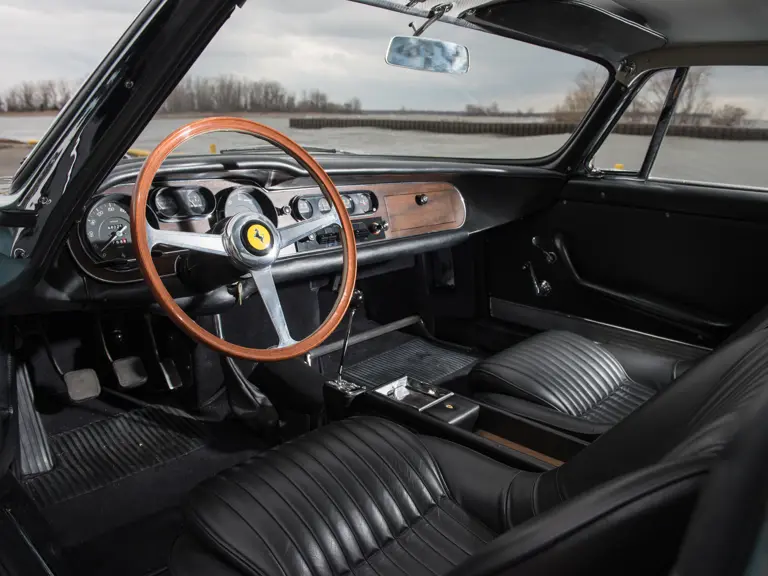
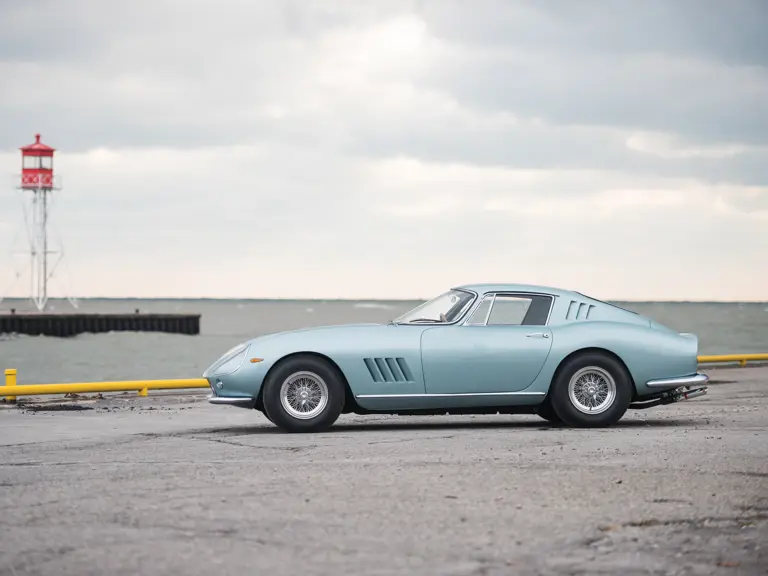
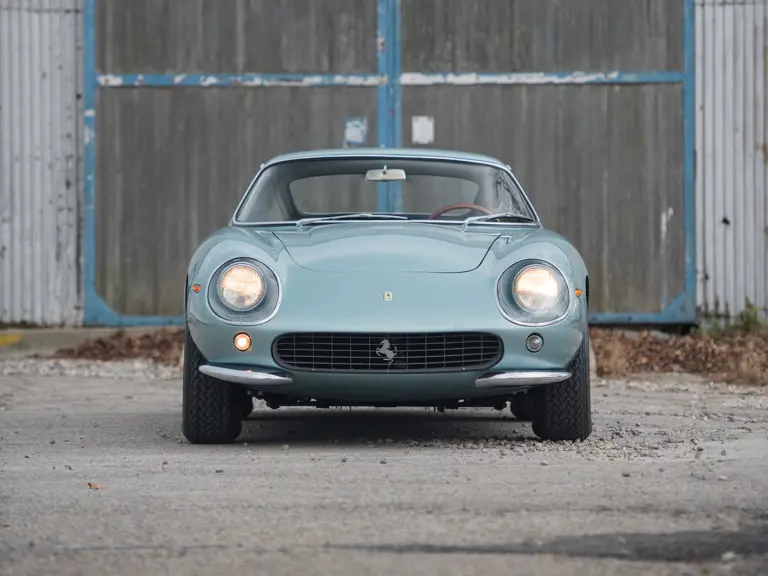
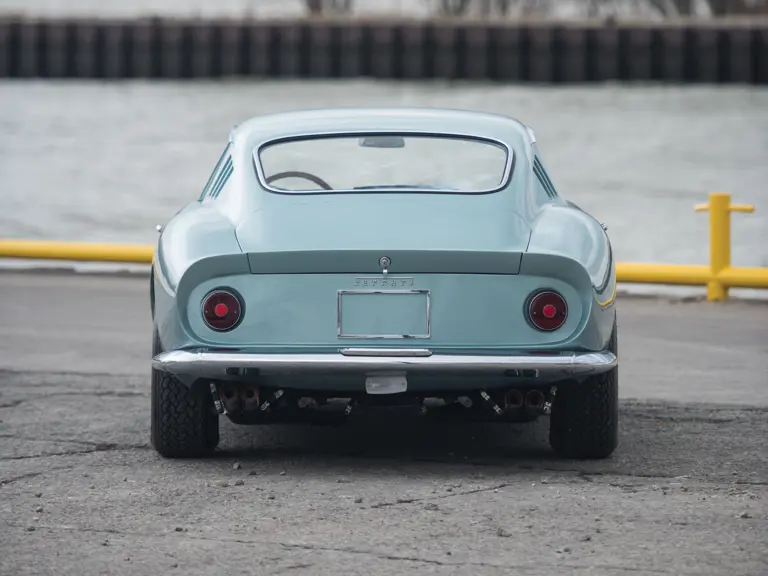
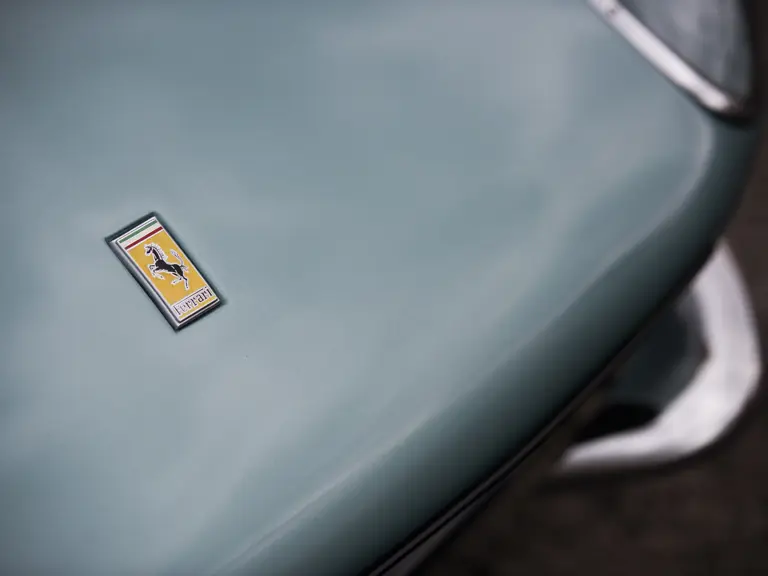
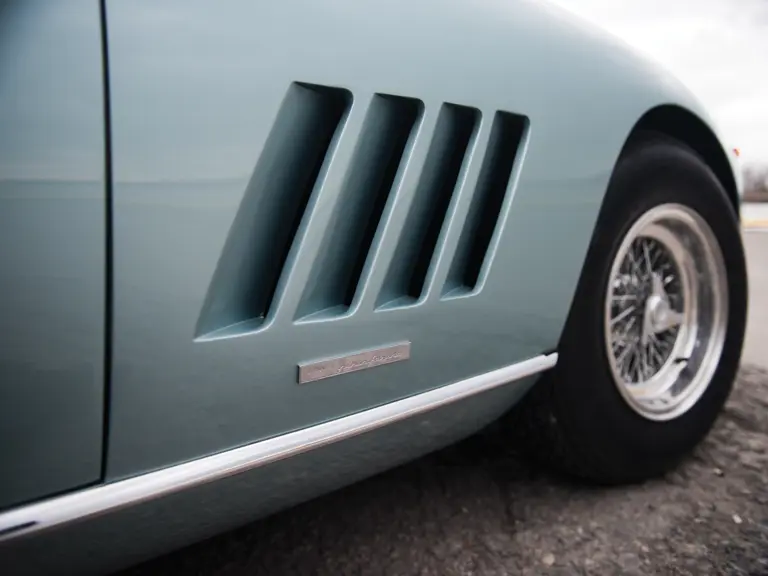
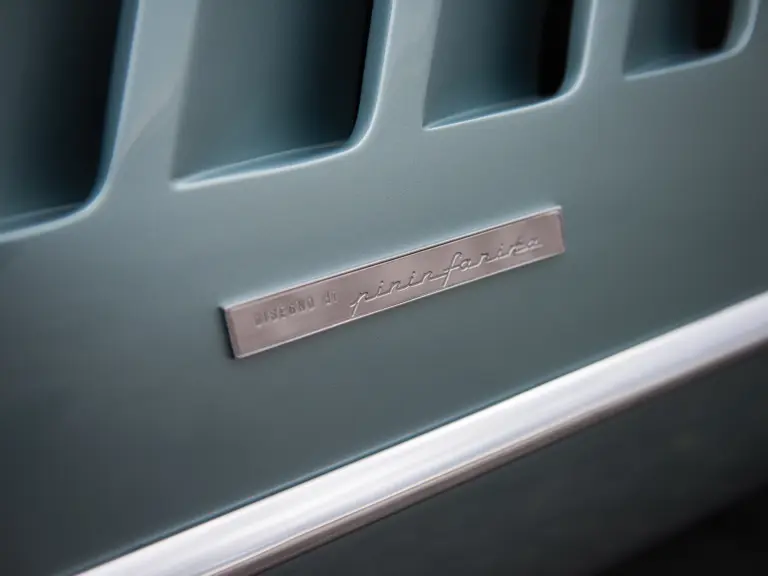


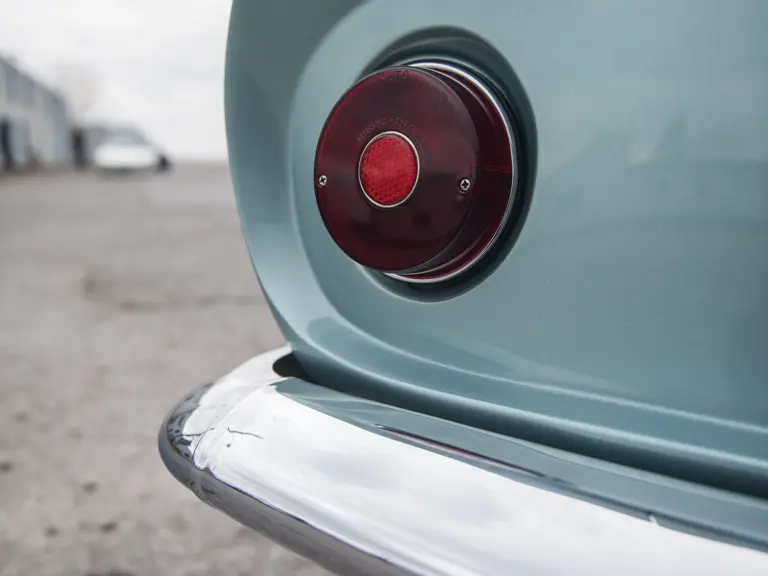

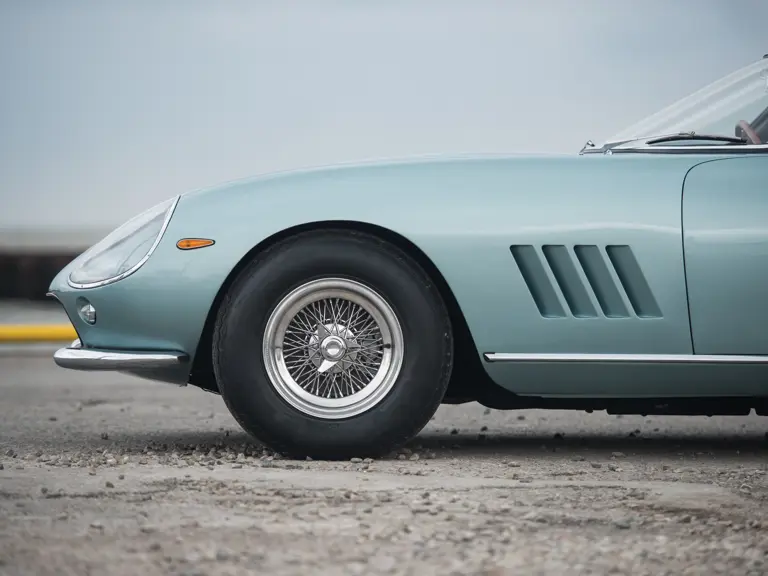
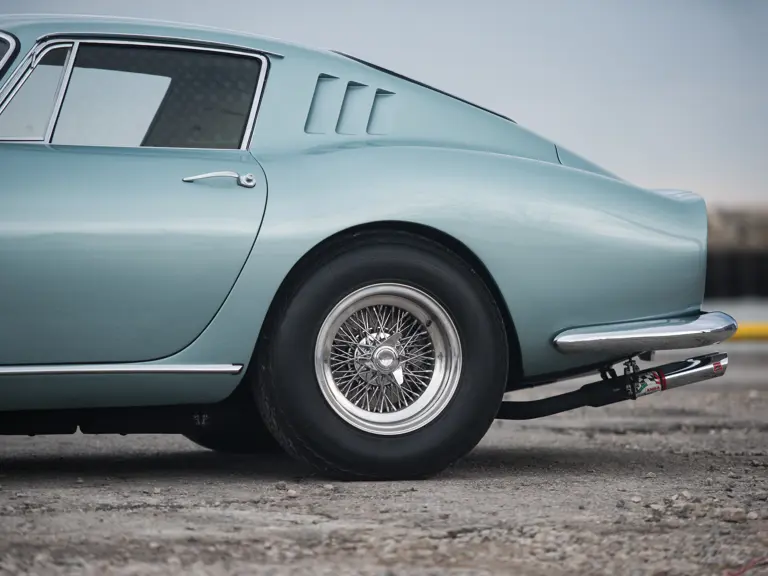
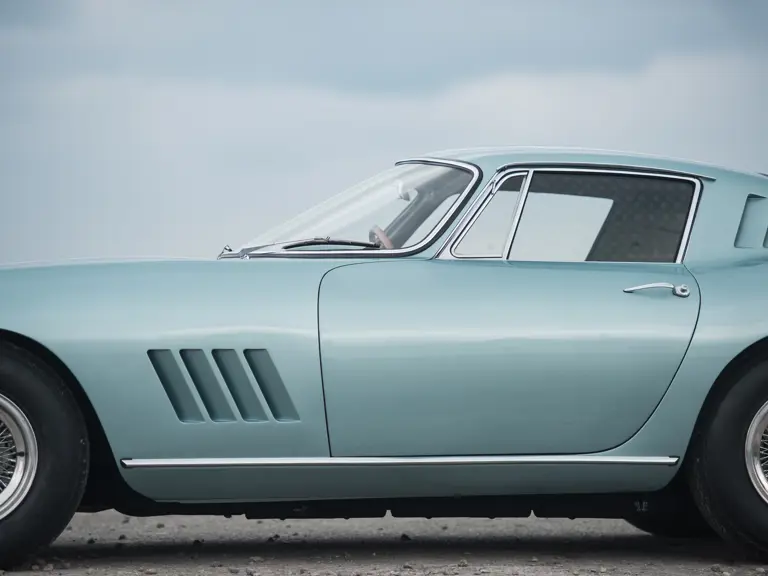
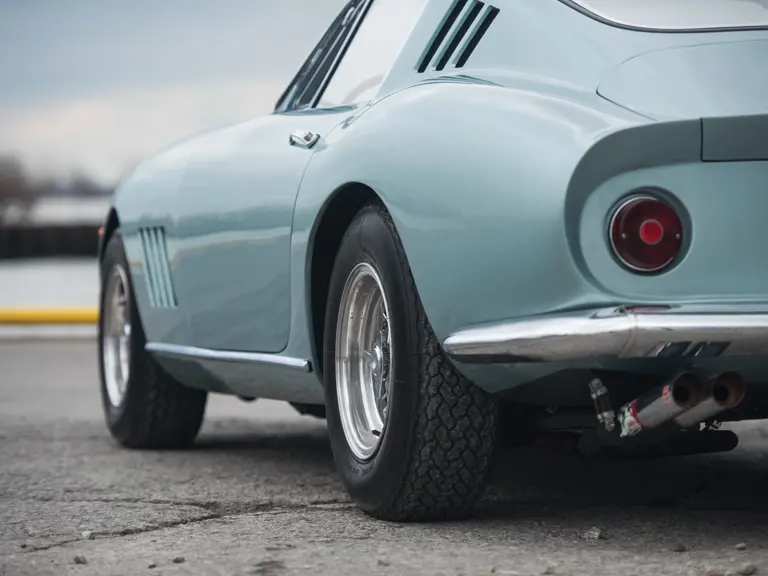
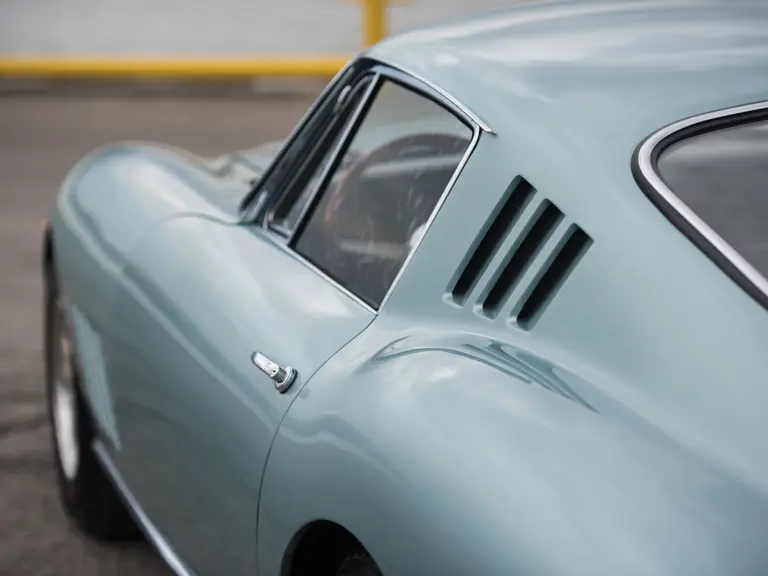
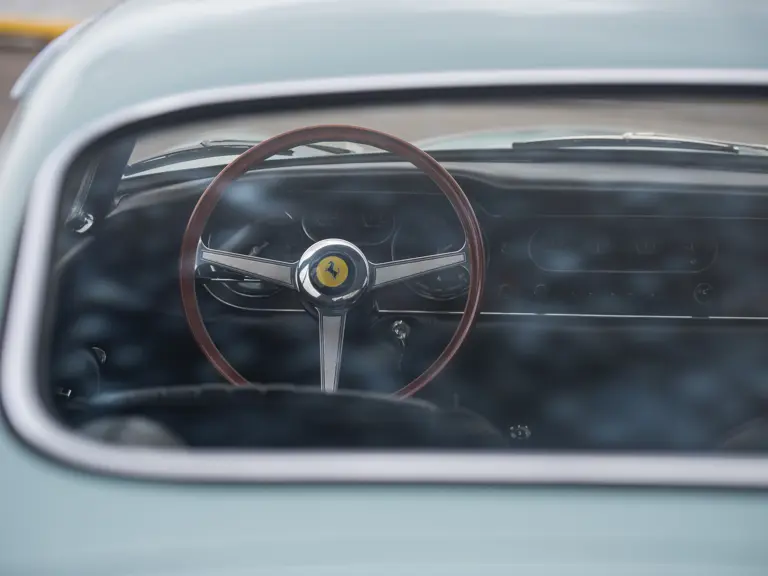
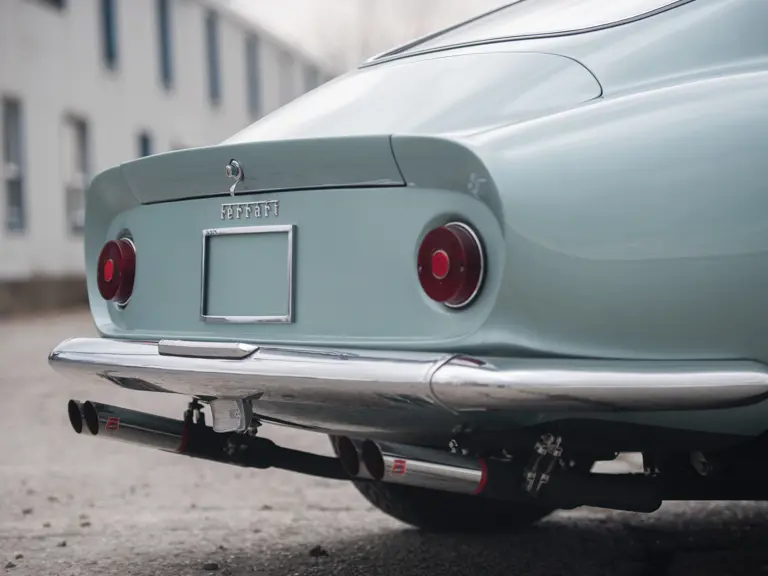
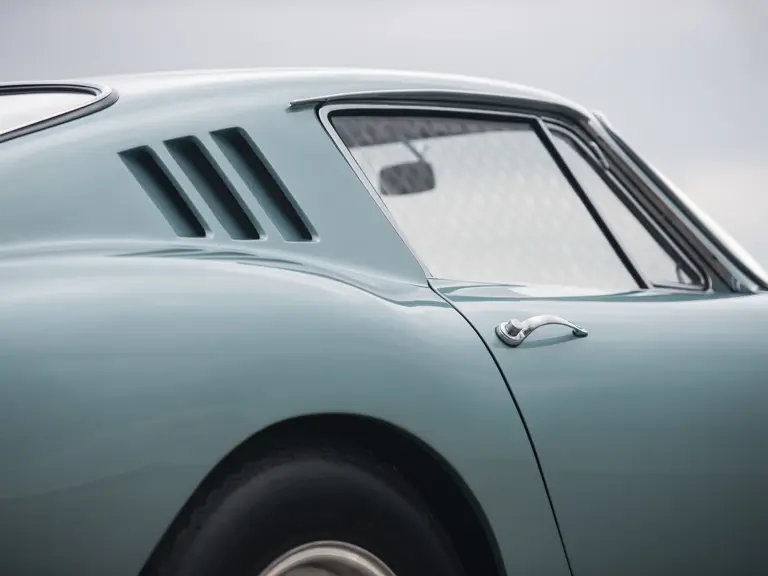
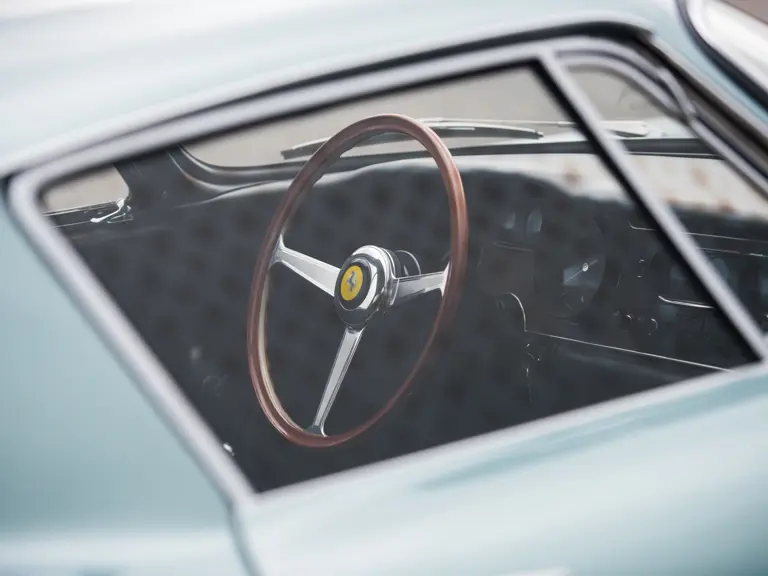

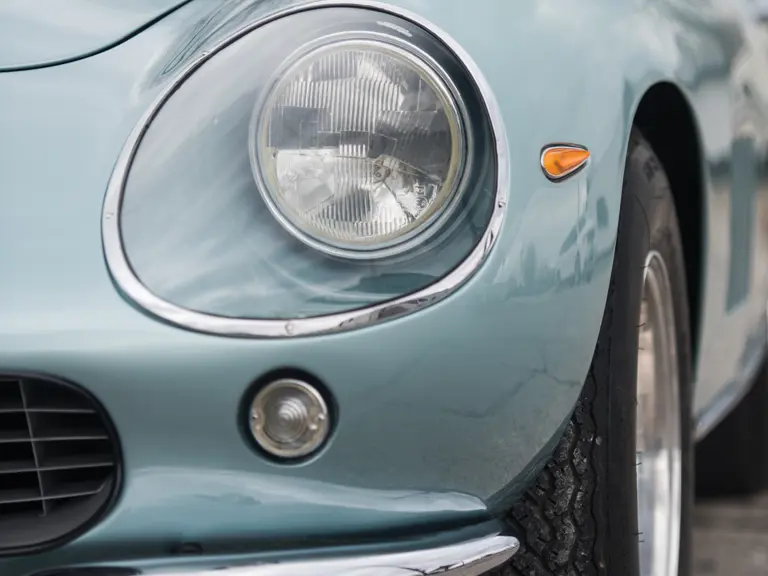
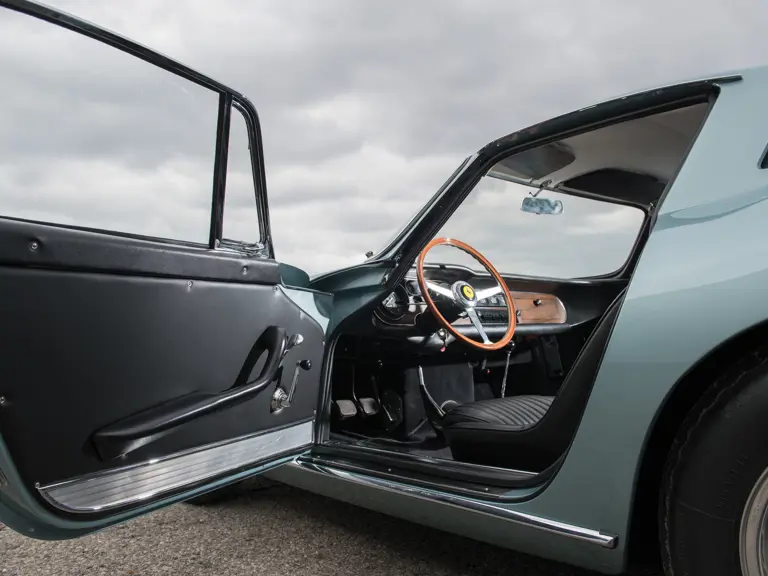
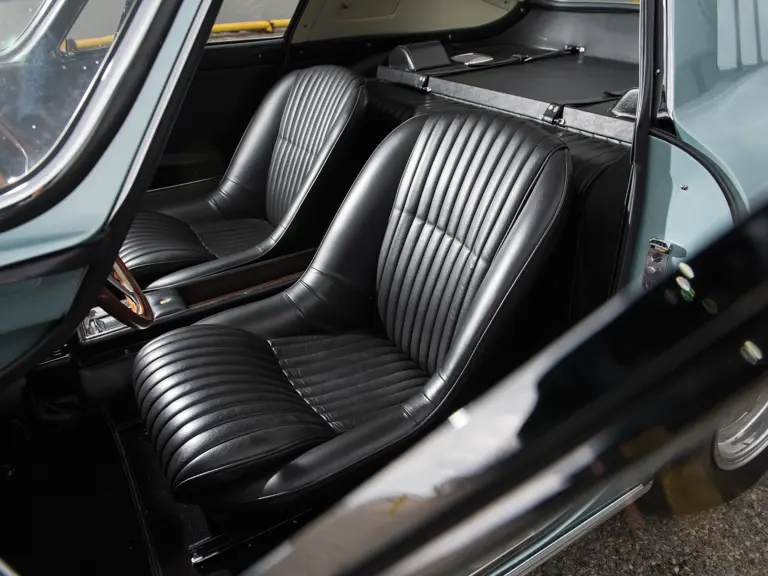

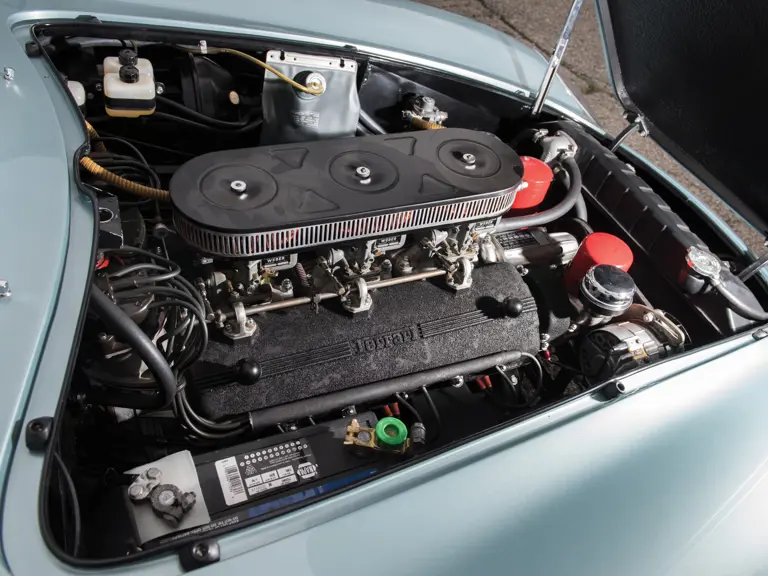
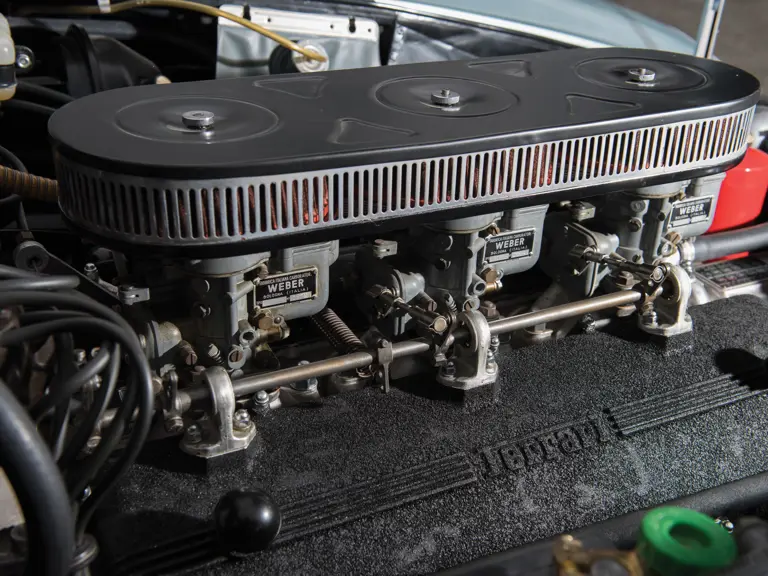
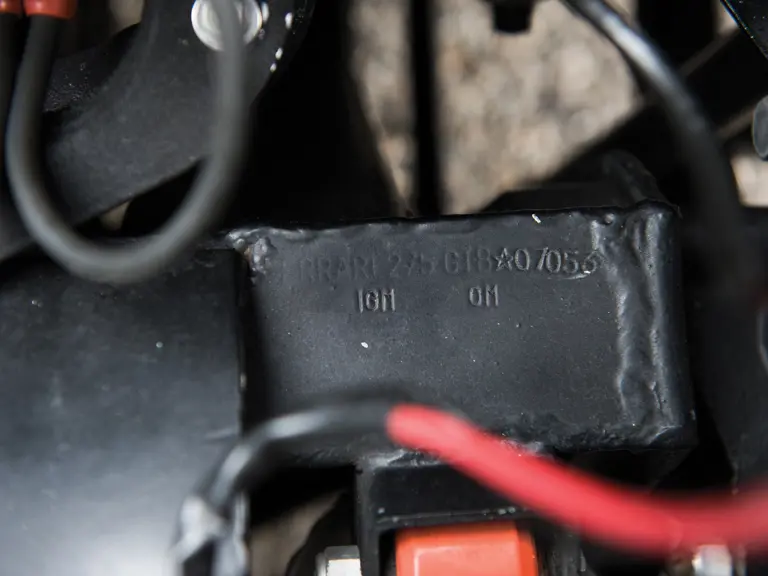
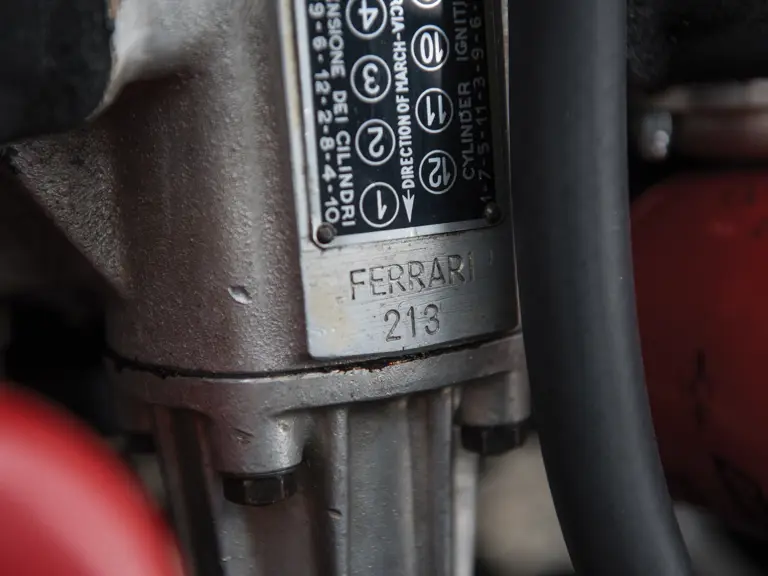
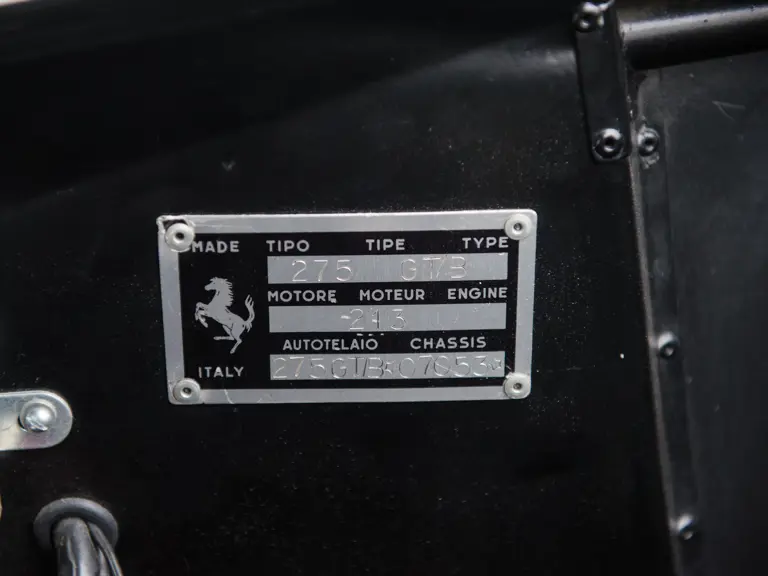
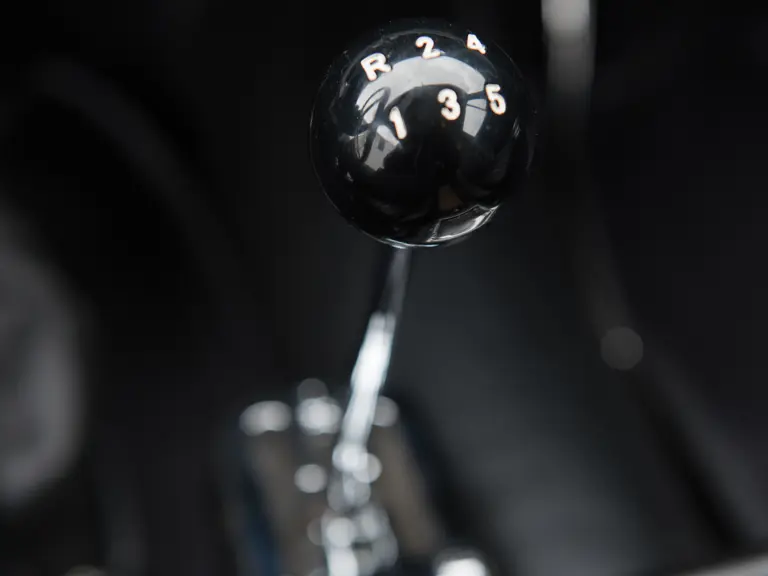
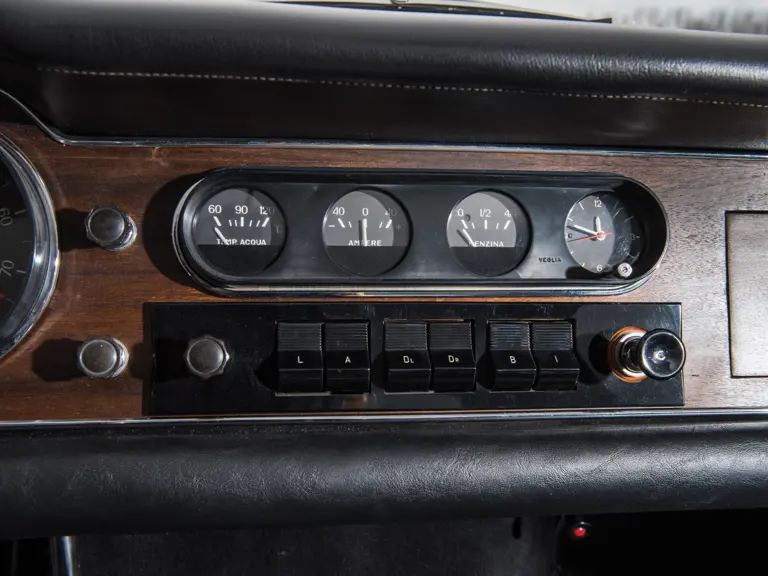
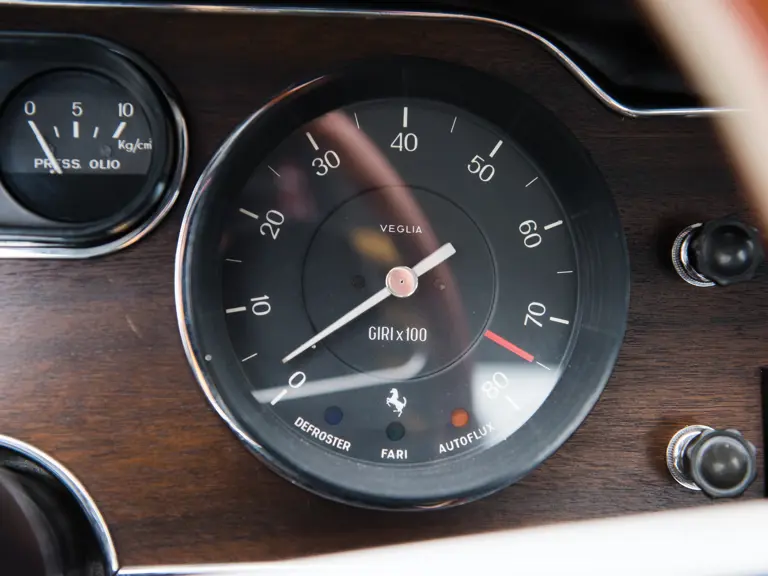

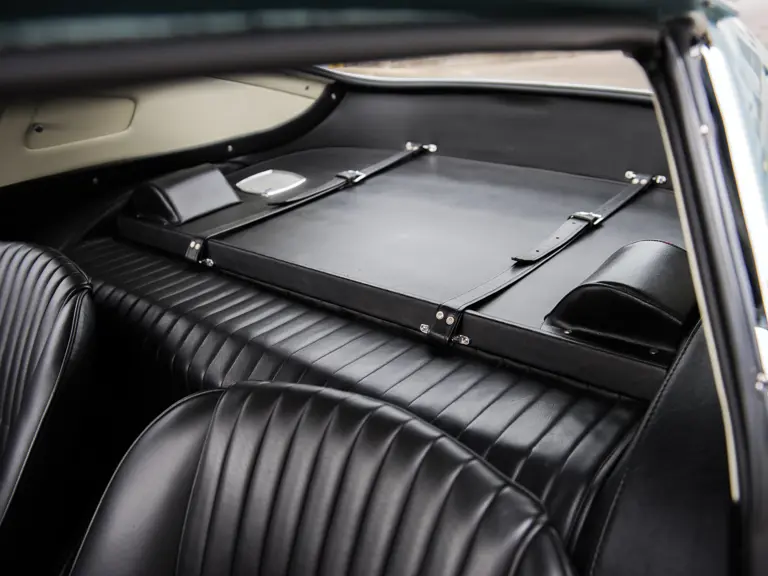
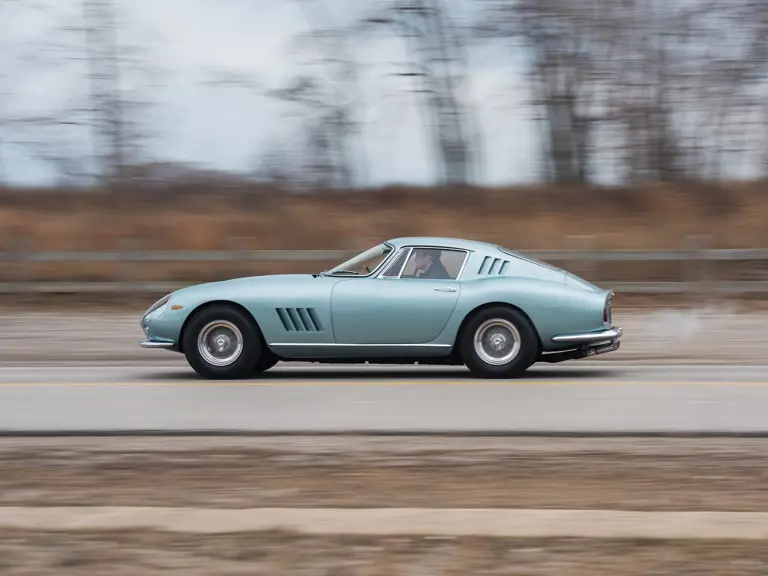
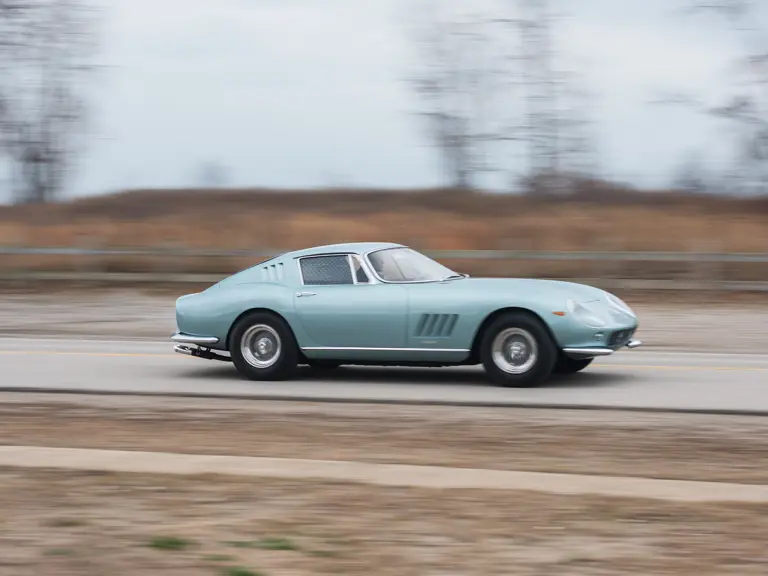
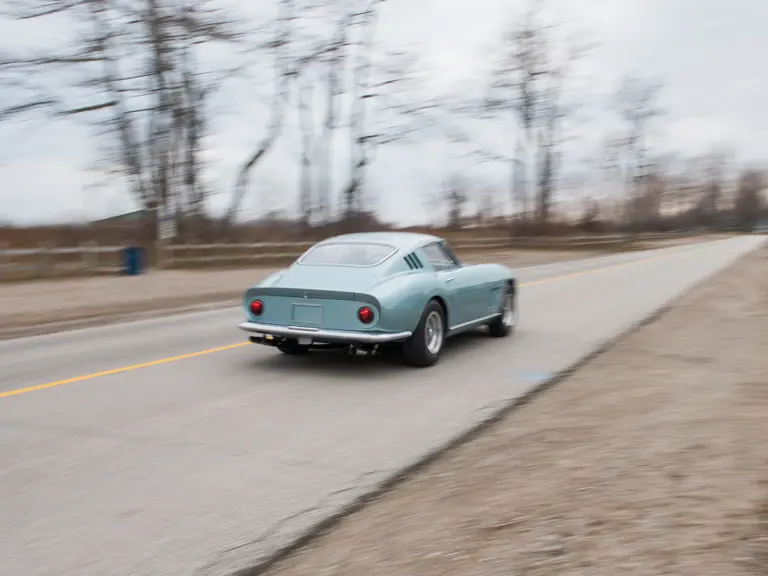
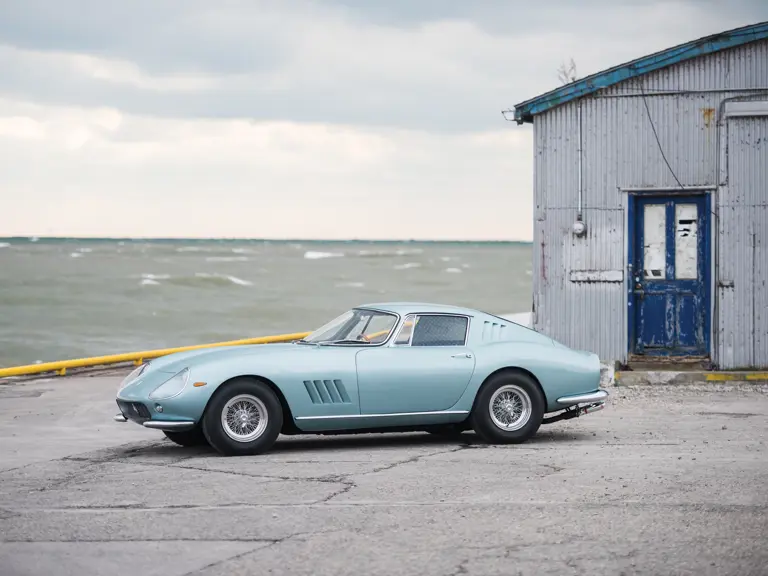
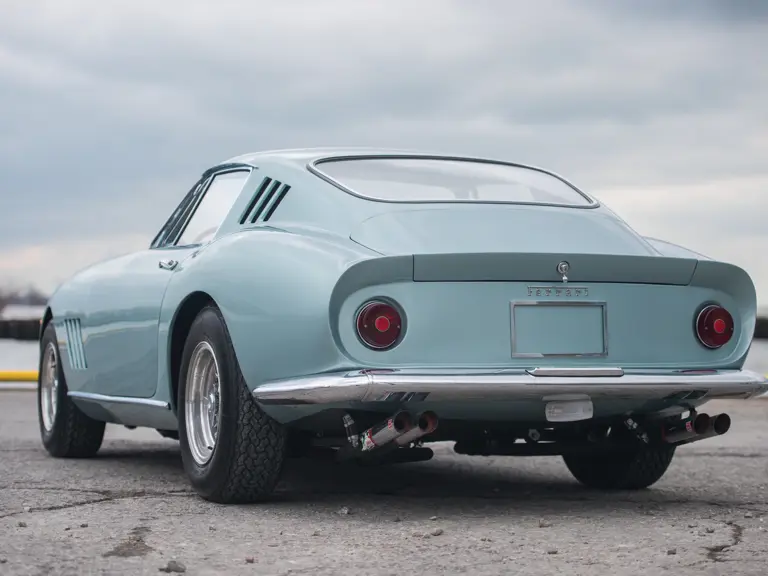
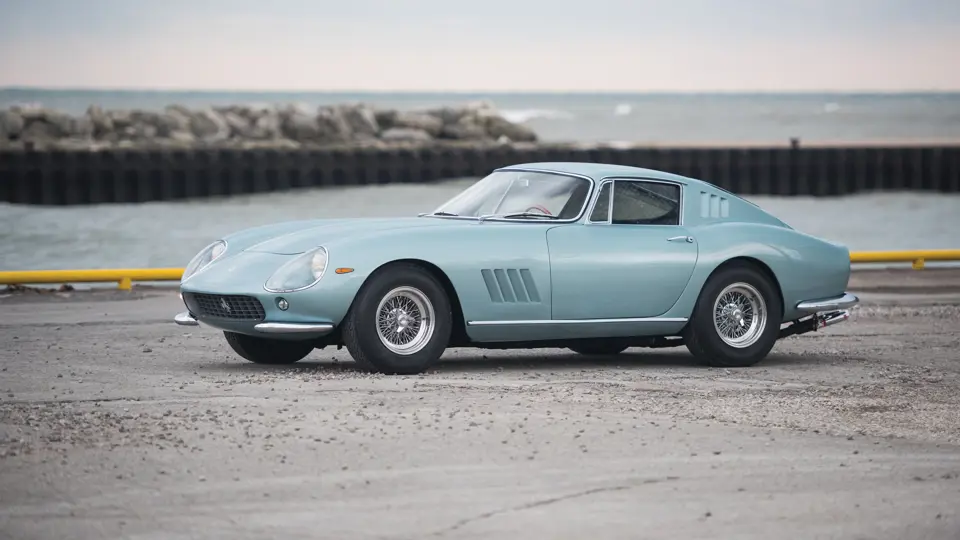
 | Phoenix, Arizona
| Phoenix, Arizona
